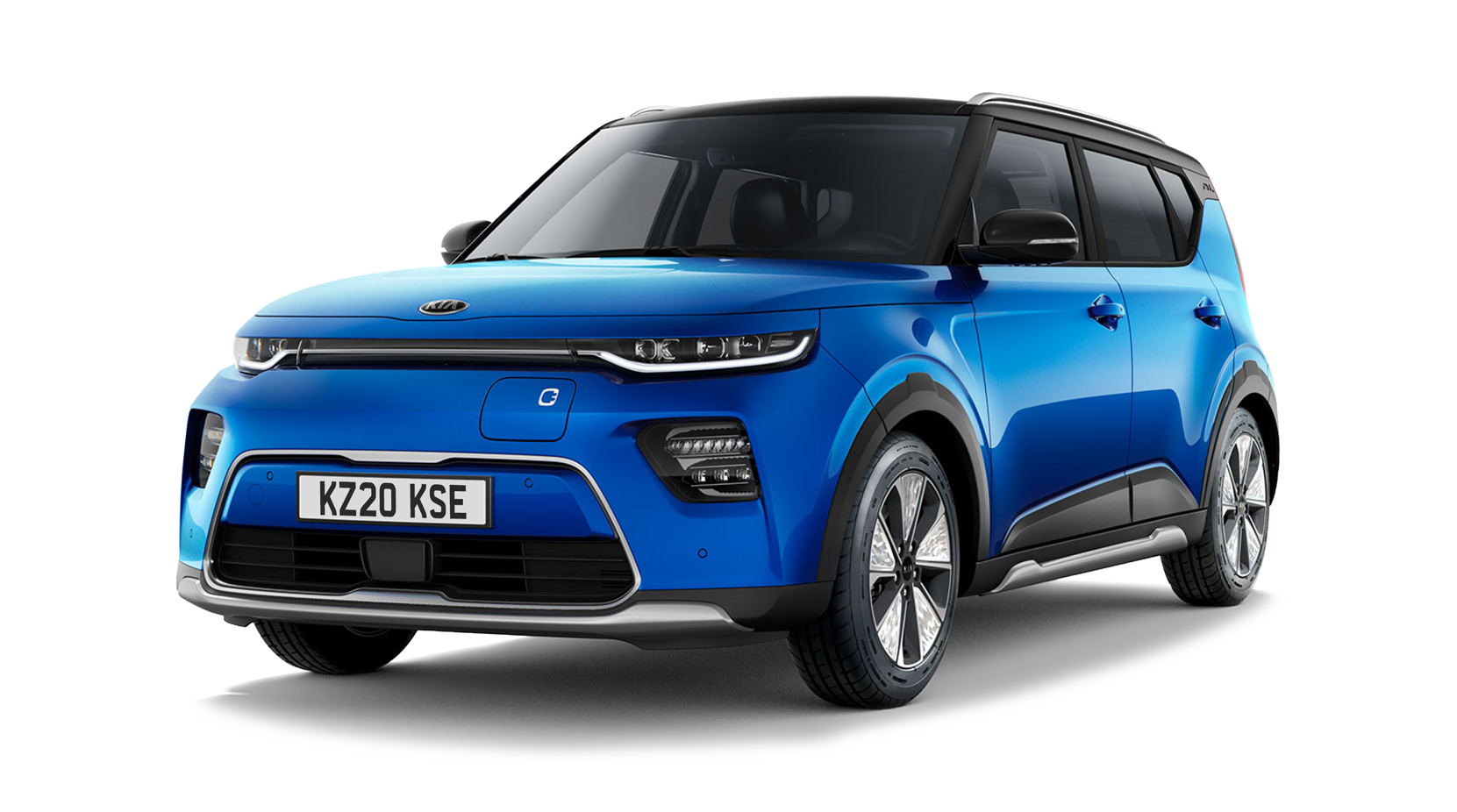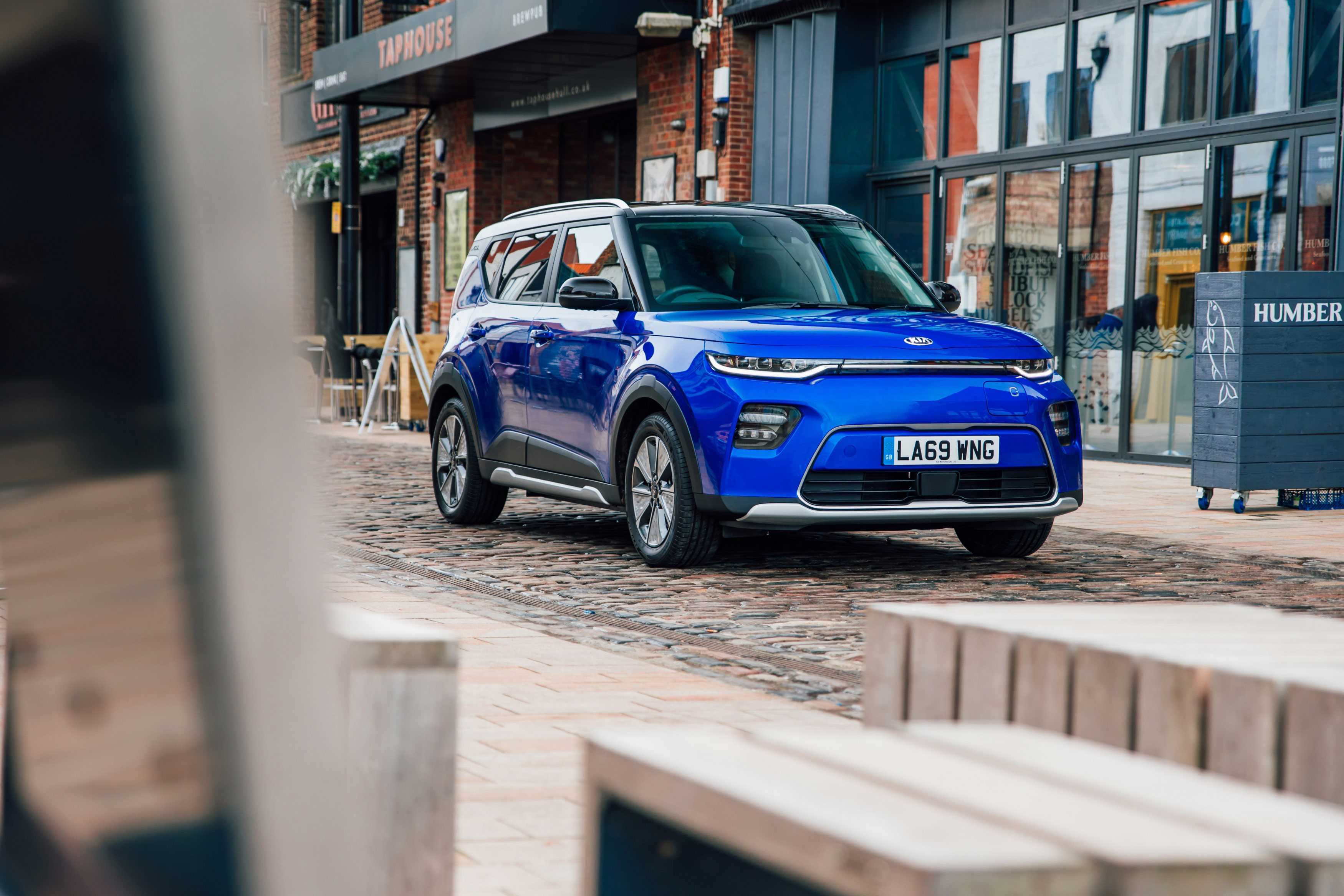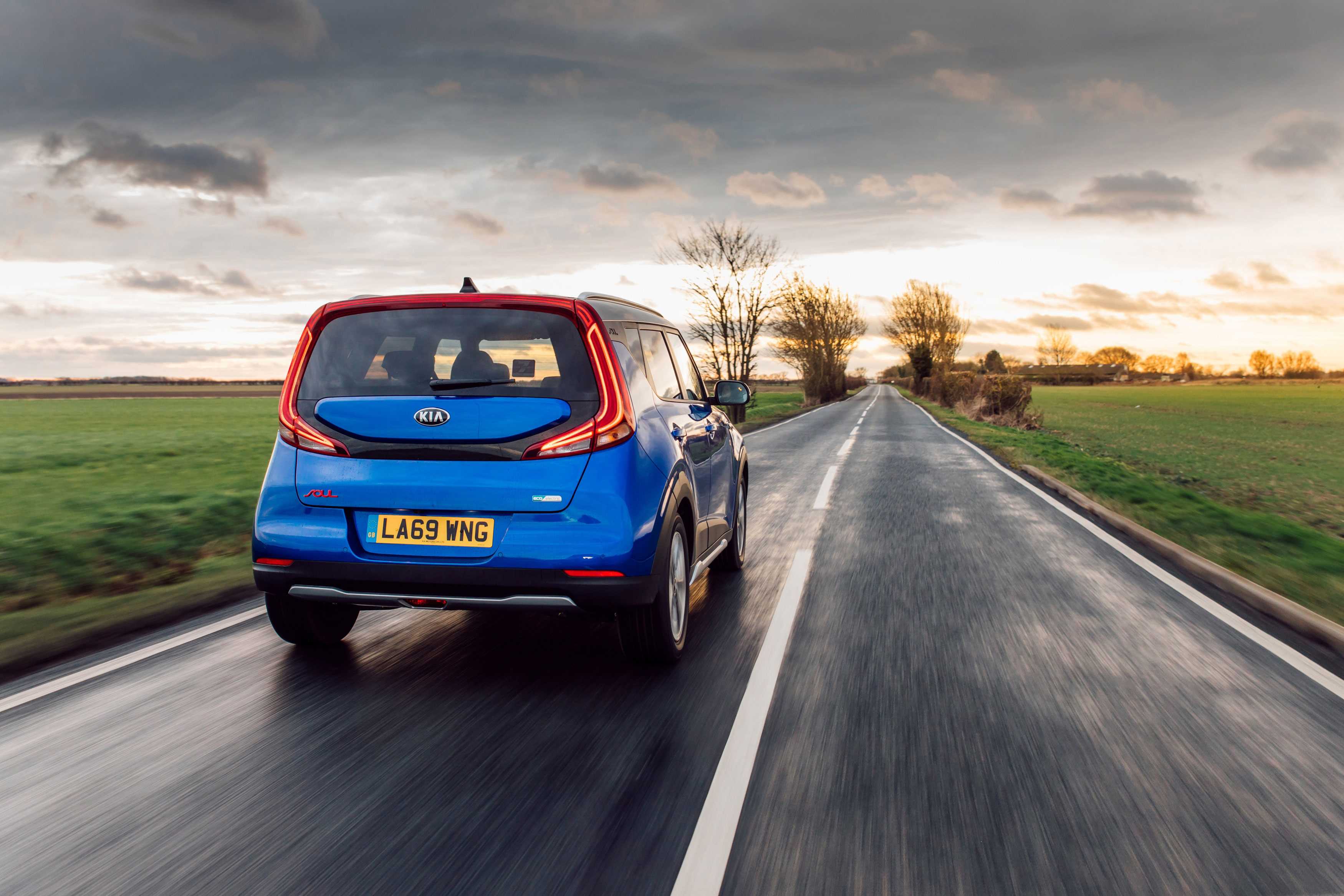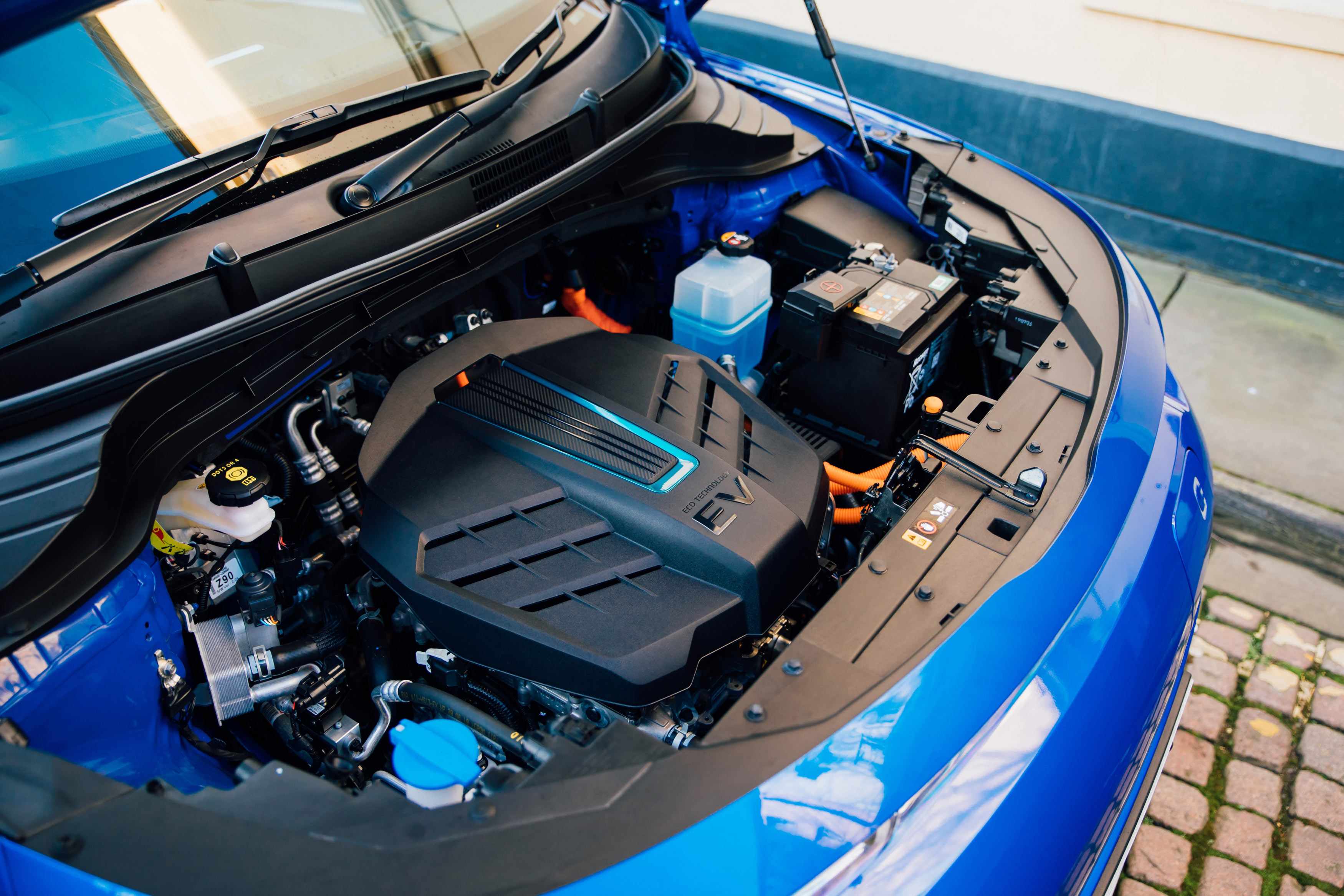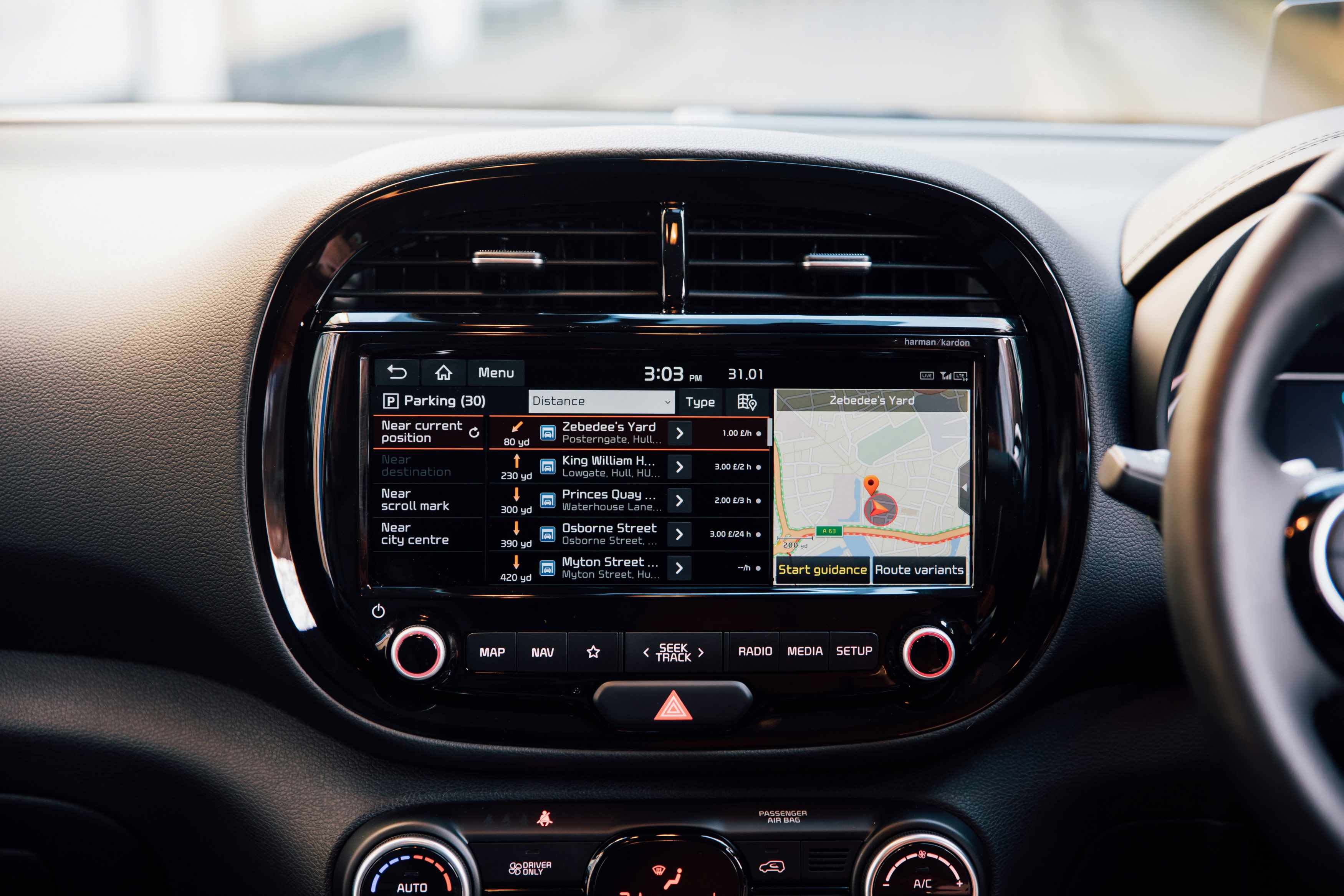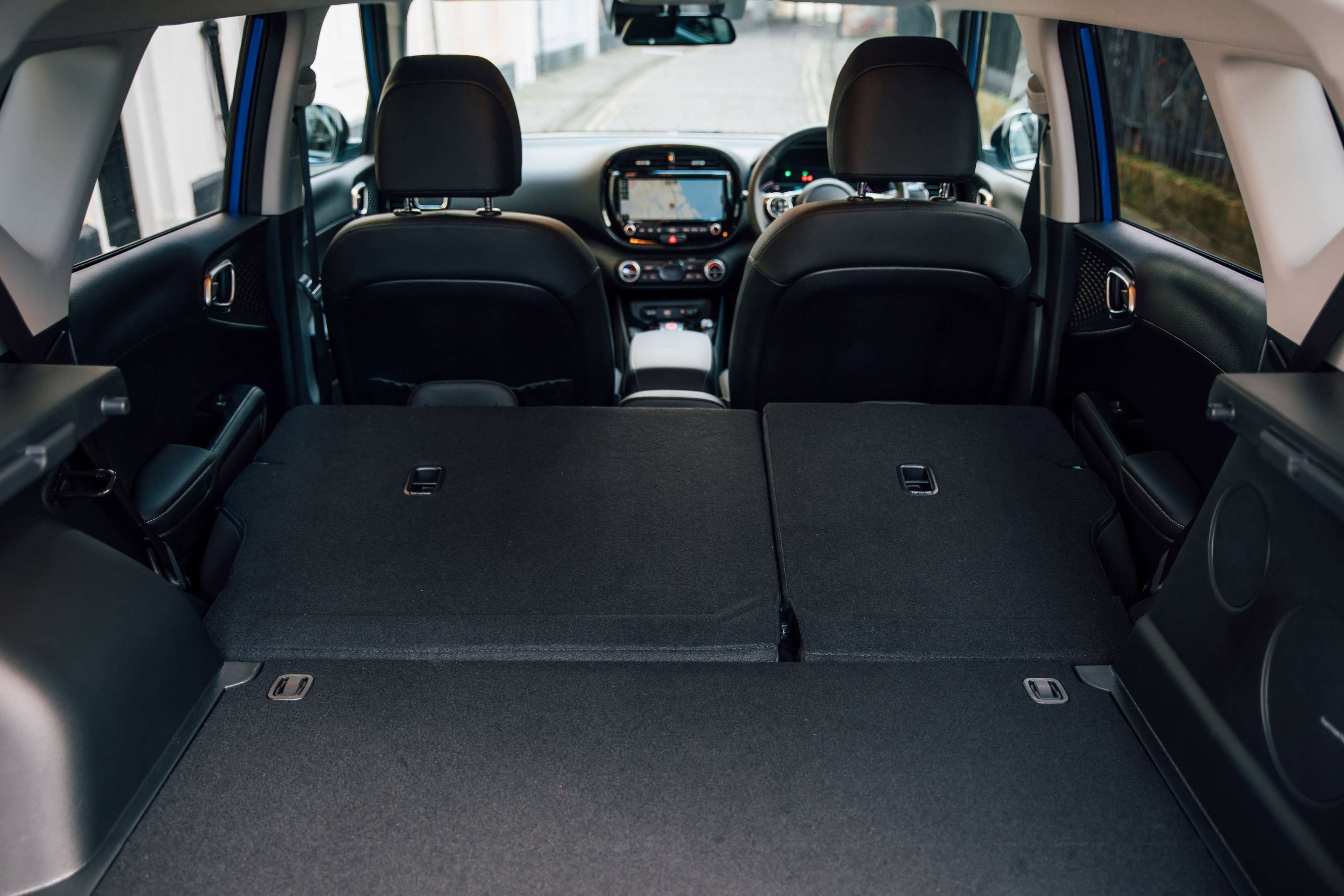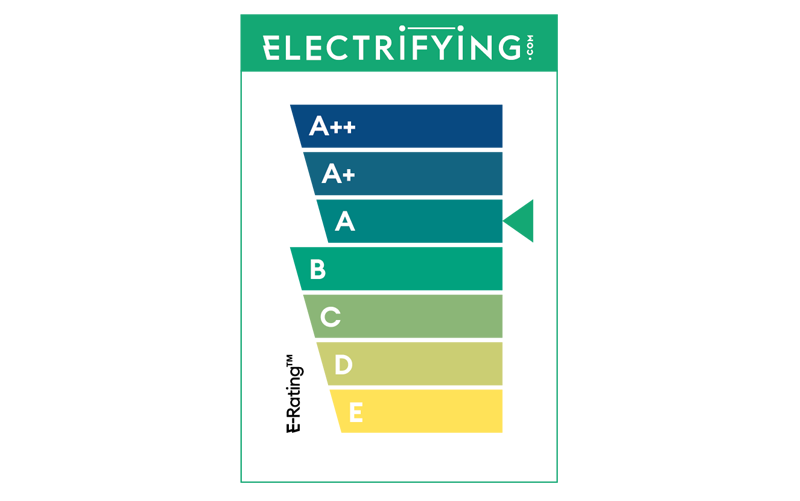Performance
The Soul might not look like a sports car, but its power has the potential to take the driver - and people in expensive petrol cars – by surprise. Its' figures of 201bhp and 7.6 seconds to 60 mph aren’t going to be a winning card in Top Trumps, but they don’t reflect the way a Soul EV can get away from a standstill up to 30mph. The surge is available as soon as you press the accelerator pedal because of the way electric motors work, and if you are not careful it will chirp the tyres, even in the dry.
Luckily you can select drive modes which do rein in these antics slightly. Sport mode gives you the full beans, while Normal and Eco change the response of the throttle pedal so it doesn’t feel quite as urgent. The Eco setting limits the power too, extending the battery life. If you press the pedal all the way to the floor in an emergency situation such as an overtake or when pulling onto a motorway, the car will give you full power even if you’ve selected Eco.
Drive
Kia has chosen to give the Soul EV a more sporting set up than the e-Niro, so in some ways it feels similar to a performance hatchback like a GTi. The suspension is on the firm side and the steering is very direct, so small inputs give a bigger response.
In some ways this is successful, and the Soul is certainly a bit more fun to drive than most of its rivals. However, it is still taller and heavier than a petrol-powered hatchback and it occasionally feels as though it is pretending to be a car it isn’t.
One particular bright spot of the driving experience are the brakes though. Like most electric cars it uses regeneration, so the braking energy is recycled back into the battery when you lift off the accelerator or touch the brake. With the Soul you can change modes to give more or less braking effect, but it can also do it automatically using the car’s built-in radar cruise control sensors, so it chooses the best mode to save energy. Clever stuff.












